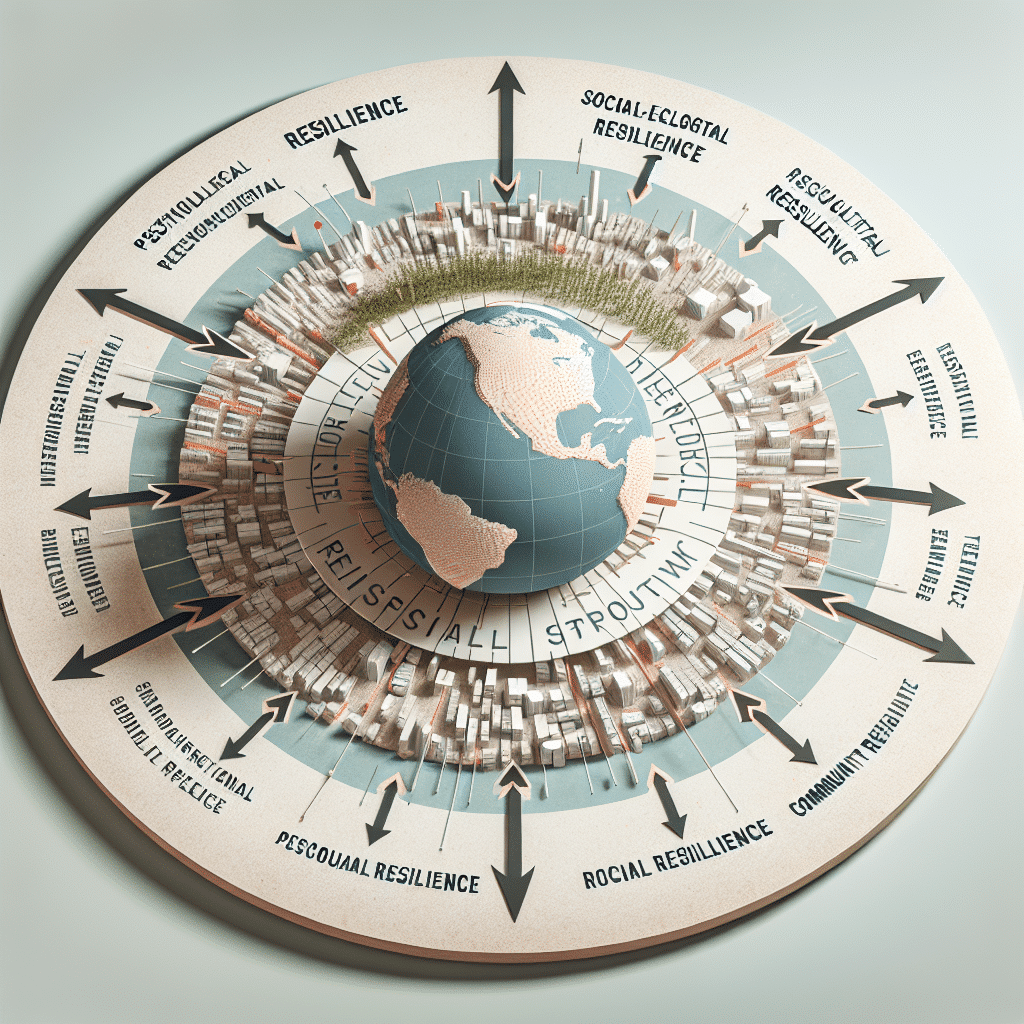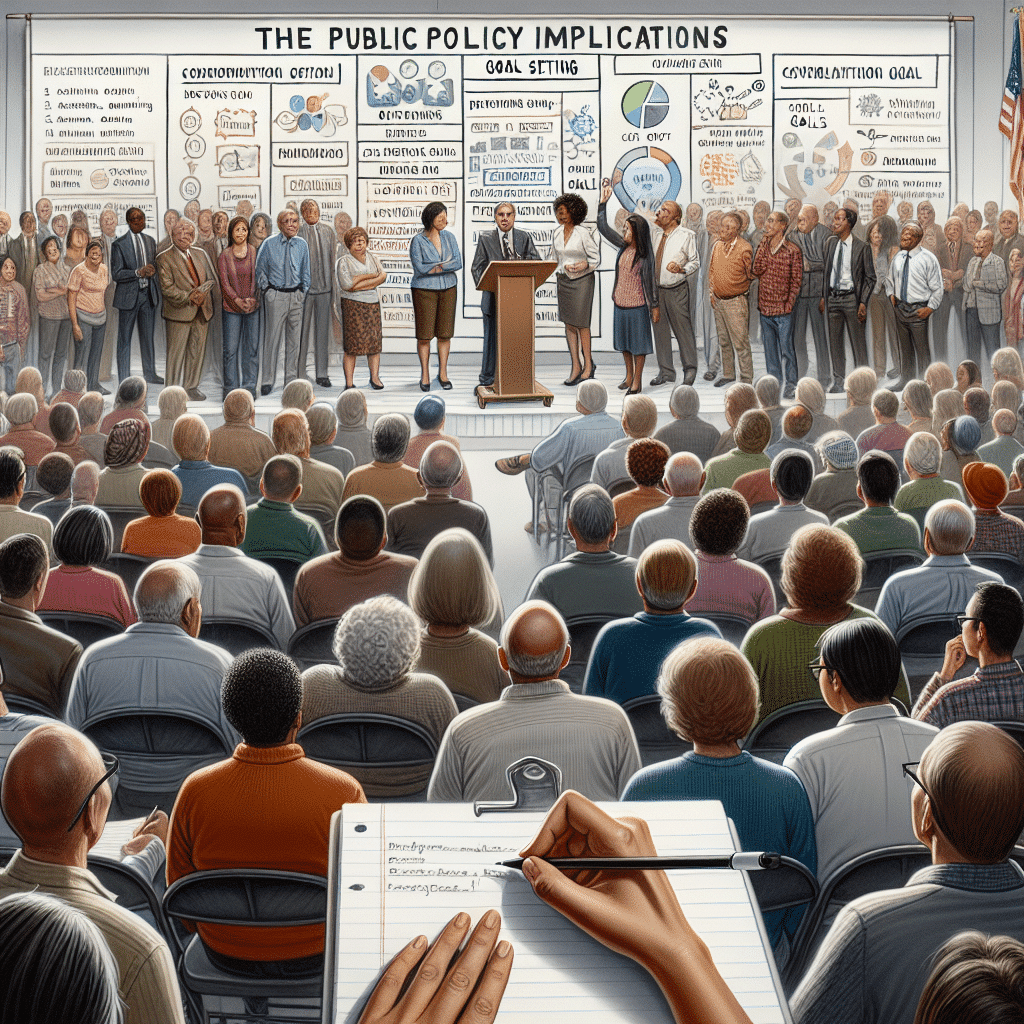
Critical approaches to resilience provide an alternative lens through which to understand and assess the concept of resilience. These approaches challenge conventional notions of resilience as an individual trait or characteristic and instead emphasize the socio-political and structural factors that shape individuals and communities’ abilities to adapt and bounce back from adversity. By critically examining resilience, we can gain a deeper understanding of its limitations and explore alternative approaches that address systemic inequalities and promote more equitable and sustainable forms of resilience.
Understanding Resilience
Resilience is a concept that has gained significant attention in recent years, particularly in the fields of psychology, sociology, and disaster management. It is often defined as the ability of individuals, communities, or ecosystems to bounce back or recover from adversity or shock. Understanding resilience involves exploring the processes, mechanisms, and factors that contribute to this ability to adapt and thrive in the face of challenges.
One key aspect of understanding resilience is recognizing that it is a complex and multifaceted concept. Resilience can manifest at different levels: individual, community, or system. At the individual level, resilience might involve an individual’s ability to cope with stress, maintain mental health, or bounce back from traumatic experiences. At the community level, resilience might refer to the capacity of a community to come together, support one another, and rebuild after a disaster. At the system level, resilience might encompass the ability of social, economic, or ecological systems to withstand and recover from disturbances.
Another important aspect of understanding resilience is recognizing that it is not a fixed trait or characteristic, but rather a dynamic process that can vary over time and across different contexts. Resilience is influenced by a range of factors, including individual attributes (such as personality traits, coping strategies, and social support networks), community characteristics (such as social cohesion, economic resources, and access to services), and environmental conditions (such as climate, infrastructure, and resource availability).
Research on resilience has also highlighted the role of vulnerability and inequality in shaping resilience outcomes. For example, individuals or communities experiencing socioeconomic disadvantage, discrimination, or marginalization may have fewer resources and opportunities to build and maintain resilience. In these situations, resilience may be more challenging to achieve, and individuals or communities may be more susceptible to the impacts of adversity.
To better understand resilience, researchers and practitioners often employ interdisciplinary and systemic approaches that draw on theories and methods from various disciplines, such as psychology, sociology, ecology, and economics. These approaches help to capture the complex interactions between individuals, communities, and systems, and to identify the numerous factors that can influence resilience outcomes.
In conclusion, understanding resilience involves recognizing its multi-level and dynamic nature, and considering the role of various factors in shaping resilience outcomes. By adopting an interdisciplinary and systemic approach, researchers and practitioners can gain a comprehensive understanding of resilience and develop more effective strategies for promoting and supporting resilience at various levels.
The Critique of Resilience
As resilience has gained popularity as a framework for understanding and addressing various challenges, it has also faced criticism from critical approaches. These critiques argue that resilience may unintentionally reinforce power structures and inequalities, and can divert attention from addressing the root causes of problems.
One key critique of resilience is that it often places the burden of adaptation and recovery on individuals and communities, rather than addressing the structural factors that contribute to vulnerability and risk. By focusing on individual behaviors and capacities, resilience can detract attention from the role of social, economic, and political systems in creating and perpetuating challenges. This critique argues that resilience should not be solely about bouncing back or adapting to existing structures, but also about questioning and transforming those structures.
Furthermore, resilience can be critiqued for its tendency to overlook the impacts of power dynamics and social inequalities. Some argue that resilience frameworks often fail to address the ways in which power imbalances shape vulnerability and access to resources and opportunities. By not accounting for these dynamics, resilience approaches can inadvertently reinforce existing inequalities and leave marginalized groups further behind.
Another critique of resilience is its potential to shift responsibility away from larger institutions and systems. By promoting individual and community-level resilience, there is a risk of absolving institutions, governments, and larger systems from their role in creating and addressing challenges. This can lead to a lack of accountability and a failure to tackle the underlying causes of problems.
Finally, resilience may face criticism for its focus on stability and returning to a pre-disruptive state. This critique argues that resilience should also consider the potential for transformation and adaptation to new and improved states. By solely aiming to restore the status quo, resilience approaches can limit the exploration of alternative solutions and hinder the pursuit of long-term sustainable development.
In response to these critiques, alternative approaches to resilience have emerged. These approaches seek to address the limitations of traditional resilience frameworks by adopting a more critical and transformative perspective. They aim to challenge power structures, address social inequalities, and emphasize collective action and systemic change.
In conclusion, critical approaches to resilience raise important considerations about the limitations and potential unintended consequences of traditional resilience frameworks. By acknowledging and addressing these critiques, alternative approaches to resilience can help foster more equitable and sustainable solutions to the complex challenges we face.

IV. Alternative Approaches to Resilience
While resilience has gained popularity as a concept and approach to addressing challenges and crises, it is important to recognize that there are alternative approaches that offer a more critical perspective. These alternative approaches question and challenge the dominant narratives and assumptions underlying the concept of resilience, and provide new frameworks for understanding and responding to complex problems.
1. Social-ecological Systems Approach
A critical alternative approach to resilience is the social-ecological systems (SES) approach. This approach acknowledges the interconnectedness of social and ecological systems and emphasizes the importance of understanding and promoting the resilience of both. It recognizes that human actions can have profound impacts on ecosystems and that the well-being of human communities is intricately linked to the health of the natural environment.
The SES approach also acknowledges the role of power, inequality, and social justice in shaping resilience outcomes. It recognizes that vulnerable populations are often disproportionately affected by environmental changes and crises, and that addressing these disparities is essential for building resilience at all levels.
2. Transformative Resilience
Another critical approach to resilience is transformative resilience. This approach goes beyond adapting to and bouncing back from shocks and stresses, and instead seeks to fundamentally transform systems and create more equitable and sustainable outcomes. It recognizes that many crises and challenges stem from underlying structural issues such as inequality, poverty, and unsustainable practices.
Transformative resilience emphasizes the need to address these root causes and foster deep-rooted changes in social, economic, and political systems. It calls for transformative actions that challenge existing power structures, promote equity and justice, and support the emergence of new, more sustainable ways of organizing society.
3. Community-based Resilience
A third alternative approach to resilience is community-based resilience. This approach recognizes that communities are often the first line of defense and have a vital role to play in building resilience. It emphasizes the importance of local knowledge, social capital, and collective action in responding to challenges and crises.
Community-based resilience also challenges top-down approaches and recognizes the agency and expertise of community members in shaping their own resilience strategies. It promotes participatory decision-making processes and the empowerment of marginalized communities to ensure that resilience efforts are inclusive and address the unique needs and priorities of different groups.
In conclusion, critical approaches to resilience offer alternative frameworks for understanding and responding to complex problems. The social-ecological systems approach, transformative resilience, and community-based resilience challenge dominant narratives and assumptions, and provide new ways of thinking about and promoting resilience. By embracing these alternative approaches, we can develop more inclusive, equitable, and sustainable strategies to address the challenges we face.
Practical Applications of Critical Approaches to Resilience
As critical approaches to resilience gain recognition and popularity within various fields, their practical applications have also expanded. These approaches offer valuable insights and strategies for individuals, communities, and organizations to enhance their resilience amidst challenges and uncertainties.
1. Resilience Assessment
One practical application of critical approaches to resilience is conducting resilience assessments. These assessments aim to identify the underlying structures, systems, and power dynamics that contribute to vulnerabilities and inequalities within a particular context. By critically analyzing these factors, individuals and organizations can develop a comprehensive understanding of the root causes of resilience challenges.
2. Social Justice Advocacy
Critical approaches to resilience emphasize the importance of addressing social injustices and structural inequalities that perpetuate vulnerability and limit resilience. Practical applications of this approach involve advocating for policies and practices that promote social justice, equitable resource distribution, and inclusive decision-making processes. By prioritizing social justice, individuals and communities can work towards building a more resilient and just society.
3. Collaborative Networks
Building collaborative networks is another practical application of critical approaches to resilience. These networks involve partnerships and collaborations between diverse stakeholders to collectively address challenges and build resilience. By bringing together individuals, organizations, and communities with different perspectives and expertise, collaborative networks foster collective learning, resource sharing, and mutual support.
4. Transformative Education and Capacity Building
Critical approaches to resilience emphasize the need for transformative education and capacity building to empower individuals and communities to navigate and transform systems that perpetuate vulnerability. Practical applications of this approach involve providing individuals with the knowledge, skills, and tools to critically analyze and challenge dominant narratives, power structures, and underlying assumptions that hinder resilience.
5. Participatory Decision-Making Processes
Engaging in participatory decision-making processes is a practical application of critical approaches to resilience. These processes involve including diverse voices, perspectives, and experiences in decision-making and problem-solving. By ensuring the inclusion of marginalized groups and communities, participatory decision-making processes help to challenge power imbalances and promote more equitable and effective resilience-building strategies.
6. Knowledge Sharing and Communication
Critical approaches to resilience encourage the sharing and communication of knowledge, experiences, and best practices. Practical applications include creating platforms and spaces for individuals and communities to exchange ideas, lessons learned, and innovative strategies for building resilience. By facilitating knowledge sharing, individuals and organizations can learn from each other’s experiences and collectively enhance their resilience capacity.

Summary
This paper explored critical approaches to resilience, examining its limitations and proposing alternative perspectives. Resilience was defined as the ability to bounce back from adversity, but was critiqued for its focus on individual agency and the neglect of systemic issues. Alternative approaches, such as a focus on vulnerability and social justice, were offered as ways to address these shortcomings. Practical applications of critical approaches to resilience were discussed, including community-based interventions and policy changes. It is crucial to move beyond simplistic notions of resilience and engage with a more nuanced understanding that considers social and structural factors in promoting individual and collective well-being.






